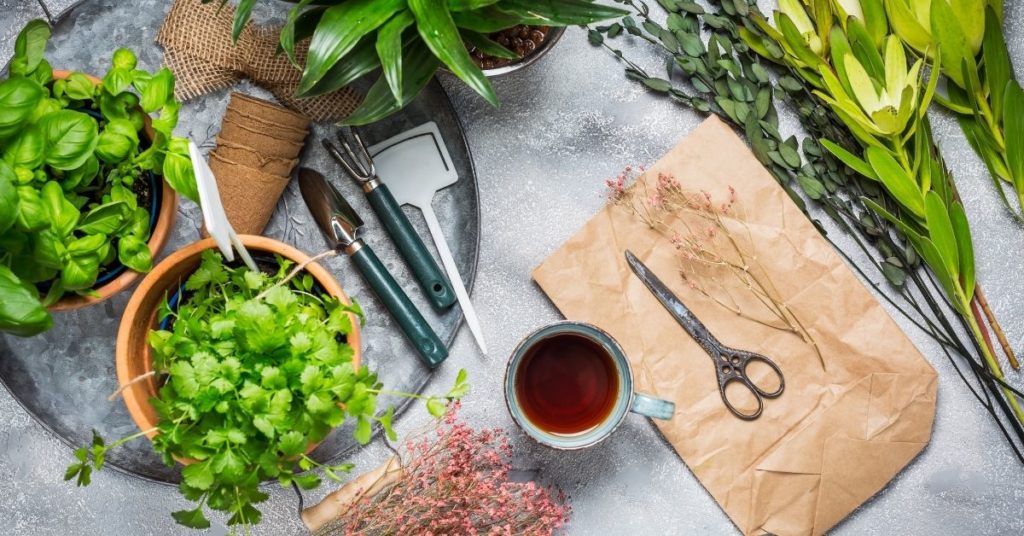Indoor and outdoor herb gardens can be a great way to add to your kitchen cabinets and home aesthetic. Outdoor gardens gather most sustenance from the elements and can be a great addition to your back or front yard. For those looking to add some life and natural aesthetic inside their home, we wanted to offer some tips on how to start and care for an indoor herb garden.
Give Your Herbs Plenty of Access to Sunlight
The more sunlight, the better. Increased exposure to sunlight will help your herbs produce more flavors and aromas. It will also help the overall growth and development of your plants. We recommend six to eight hours of exposure to sunlight for best results.
Place herbs near or on a window facing south if possible, which will allow for greater sunlight exposure. As industry-leading Southwest Florida movers, we have seen many families utilize the sunshine state to their advantage to grow fabulous indoor and outdoor herb gardens.
If sunlight access is limited, you can supplement sunlight with CFL light bulbs which will provide your plants with nutrients.
The Perfect Temperature for an Indoor Herb Garden
Luckily, the ideal temperature for the growth of your indoor herb garden is between 60 and 70 degrees, close to room temperature. The colder the temperature, the slower the growth of the plants will be. This does not mean that high temperatures will cause them to grow exponentially, as too high of a temperature will cause them to dry out.
How Often Should You Water Herbs
There is no set amount or schedule in which to water herbs. The correct amount of water will depend on sunlight exposure, temperature, and the type of herbs you grow. The best way to ensure your plants are properly hydrated is to measure soil hydration levels. When the top two inches of soil feel dry to the touch, it is time to water your plants. Water the herbs slowly and evenly so that water is properly absorbed by the roots.
Watering should be done roughly three times per week; however, it is best to water according to soil dryness. As moving and storage providers in Southwest Florida, we caution blindly following this estimated time frame as the all too familiar element of humidity can mean fewer waterings are needed.
How to Properly Plant Herbs
Herbs should be planted individually in their own pots. The size of pots should depend on the root length of the herbs. Consider providing fish-based fertilizers for your plants when potting them, and continue fertilizing weekly to promote strong, healthy growth.
Give Your Plants Plenty of Love and Care
While this may surprise you, talking to, playing music, and occasionally brushing your plants helps them grow. Light movements of your indoor plants help strengthen roots, which is usually accomplished outdoors by gusts of wind.
As Southwest Florida piano movers, we have at times been hired to move pianos into rooms with indoor gardens so that owners can practice their instruments and sing to their plants for some extra encouragement for growing. These plants, of course, do not require the same attention that dogs and cats do; however, singing or talking in your indoor garden releases carbon dioxide, which is used by plants for energy consumption.
These tips will help ensure that your herb garden consistently produces flavorful herbs for your pantry or aromas for your home. If you are moving to or from Southwest Florida, an indoor herb garden can be a great addition to your home. With year-round sunshine, it can supply your home with fresh herbs for years to come. Contact us today to schedule a move to the sunshine state. Happy growing!
Related Readings:
Hot Tub vs. Jacuzzi vs. Spa: Which One is the Best for You?
The Modern Movers moving team in Southwest Florida knows the ins and outs of local, long-distance, commercial, office, piano moves, and much more. You can count on these professional movers in Fort Myers and Bradenton to get you to your new home while keeping stress-free!





